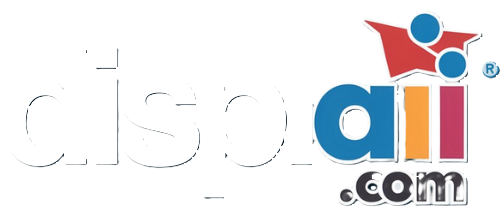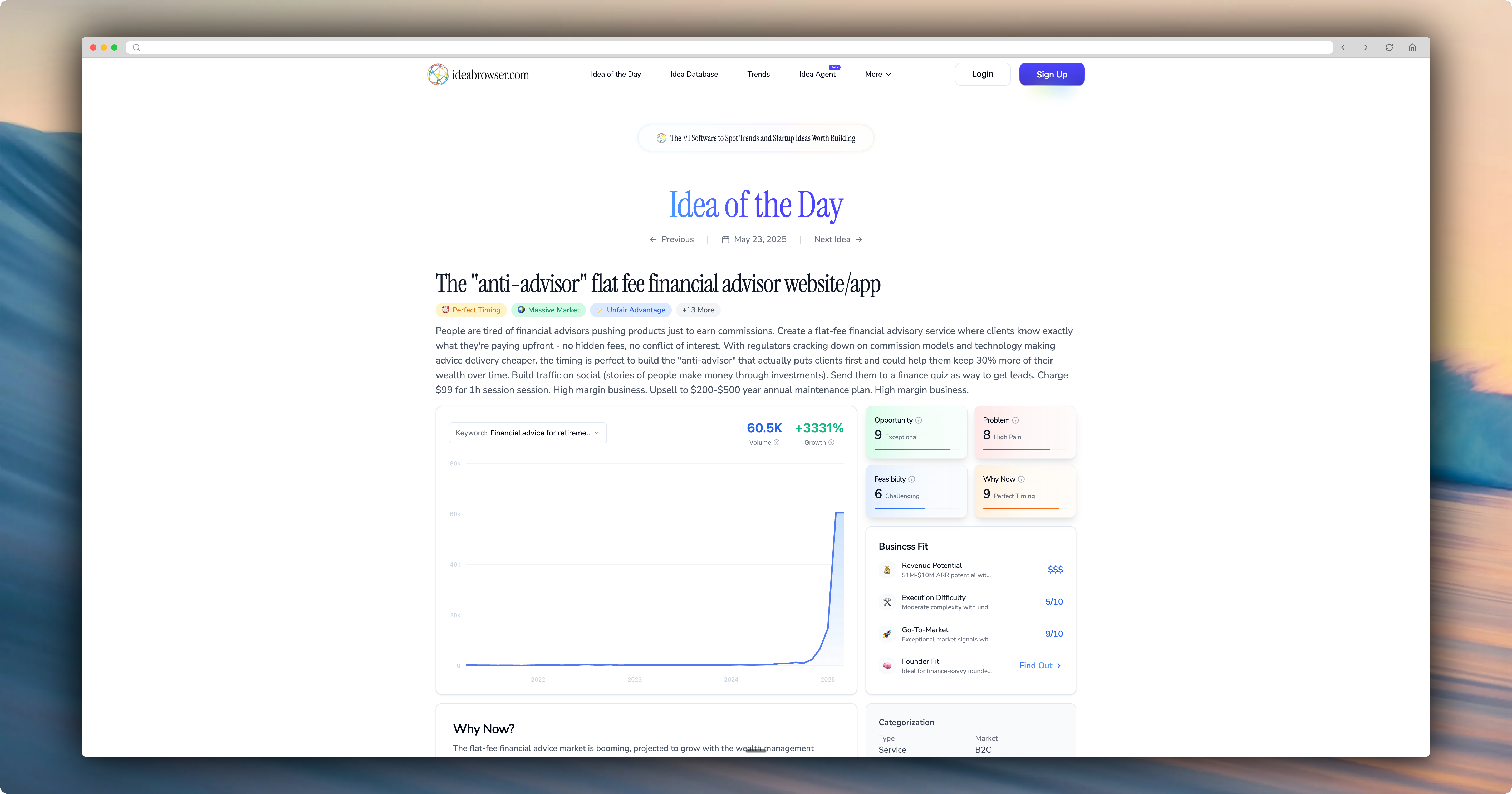Ryan Carson is a five-time founder who has spent the past 20 years building, scaling, and selling startups. In this episode, he shares his playbook for using AI to build products, turning “vibe coding” into a structured and scalable approach that can replace full engineering teams.
What you’ll learn:
1. A simple three-file system that transforms chaotic AI coding into a structured, reliable process
2. How to create AI-generated PRDs and task lists that actually work
3. A step-by-step workflow using Cursor to build features systematically
4. Why slowing down to provide proper context is the secret to speeding up your AI development
5. How to use model context protocols (MCPs) to extend your AI’s capabilities beyond just coding
6. Why founders can now build entire companies with minimal engineering teams and how Ryan is doing it himself
https://youtu.be/fD4ktSkNCw4?si=cbVp__wJrmyEPObt
https://www.ryancarson.com/about
https://github.com/snarktank/ai-dev-tasks
Tools referenced:
• ChatGPT: https://chat.openai.com/
• Claude: https://claude.ai/
• Gemini 2.5 Pro: https://deepmind.google/models/gemini/pro/
• Repo Prompt: https://repoprompt.com/
• Task Master: https://github.com/eyaltoledano/claude-task-master/blob/main/docs/tutorial.md
• Browserbase: https://browserbase.com/
• Stagehand: https://docs.stagehand.dev/integrations/mcp-server
#AICoding #RyanCarson #VibeCoding #ChatGPT #Claude #Gemini2.5Pro #RepoPrompt #TaskMaster #Browserbase #Stagehand #Cursor #AIAgent #ProductDevelopment #NoCode #LowCode #EngineeringTeams #PRD #ModelContextProtocols #AIWorkflow #SoftwareDevelopment #AIDrivenDevelopment #ThreeFileSystem #StructuredCoding #AIScaling
What you’ll learn:
1. A simple three-file system that transforms chaotic AI coding into a structured, reliable process
2. How to create AI-generated PRDs and task lists that actually work
3. A step-by-step workflow using Cursor to build features systematically
4. Why slowing down to provide proper context is the secret to speeding up your AI development
5. How to use model context protocols (MCPs) to extend your AI’s capabilities beyond just coding
6. Why founders can now build entire companies with minimal engineering teams and how Ryan is doing it himself
https://youtu.be/fD4ktSkNCw4?si=cbVp__wJrmyEPObt
https://www.ryancarson.com/about
https://github.com/snarktank/ai-dev-tasks
Tools referenced:
• ChatGPT: https://chat.openai.com/
• Claude: https://claude.ai/
• Gemini 2.5 Pro: https://deepmind.google/models/gemini/pro/
• Repo Prompt: https://repoprompt.com/
• Task Master: https://github.com/eyaltoledano/claude-task-master/blob/main/docs/tutorial.md
• Browserbase: https://browserbase.com/
• Stagehand: https://docs.stagehand.dev/integrations/mcp-server
#AICoding #RyanCarson #VibeCoding #ChatGPT #Claude #Gemini2.5Pro #RepoPrompt #TaskMaster #Browserbase #Stagehand #Cursor #AIAgent #ProductDevelopment #NoCode #LowCode #EngineeringTeams #PRD #ModelContextProtocols #AIWorkflow #SoftwareDevelopment #AIDrivenDevelopment #ThreeFileSystem #StructuredCoding #AIScaling
Ryan Carson is a five-time founder who has spent the past 20 years building, scaling, and selling startups. In this episode, he shares his playbook for using AI to build products, turning “vibe coding” into a structured and scalable approach that can replace full engineering teams.
What you’ll learn:
1. A simple three-file system that transforms chaotic AI coding into a structured, reliable process
2. How to create AI-generated PRDs and task lists that actually work
3. A step-by-step workflow using Cursor to build features systematically
4. Why slowing down to provide proper context is the secret to speeding up your AI development
5. How to use model context protocols (MCPs) to extend your AI’s capabilities beyond just coding
6. Why founders can now build entire companies with minimal engineering teams and how Ryan is doing it himself
https://youtu.be/fD4ktSkNCw4?si=cbVp__wJrmyEPObt
https://www.ryancarson.com/about
https://github.com/snarktank/ai-dev-tasks
Tools referenced:
• ChatGPT: https://chat.openai.com/
• Claude: https://claude.ai/
• Gemini 2.5 Pro: https://deepmind.google/models/gemini/pro/
• Repo Prompt: https://repoprompt.com/
• Task Master: https://github.com/eyaltoledano/claude-task-master/blob/main/docs/tutorial.md
• Browserbase: https://browserbase.com/
• Stagehand: https://docs.stagehand.dev/integrations/mcp-server
#AICoding #RyanCarson #VibeCoding #ChatGPT #Claude #Gemini2.5Pro #RepoPrompt #TaskMaster #Browserbase #Stagehand #Cursor #AIAgent #ProductDevelopment #NoCode #LowCode #EngineeringTeams #PRD #ModelContextProtocols #AIWorkflow #SoftwareDevelopment #AIDrivenDevelopment #ThreeFileSystem #StructuredCoding #AIScaling

0 Comments
·0 Shares
·518 Views






